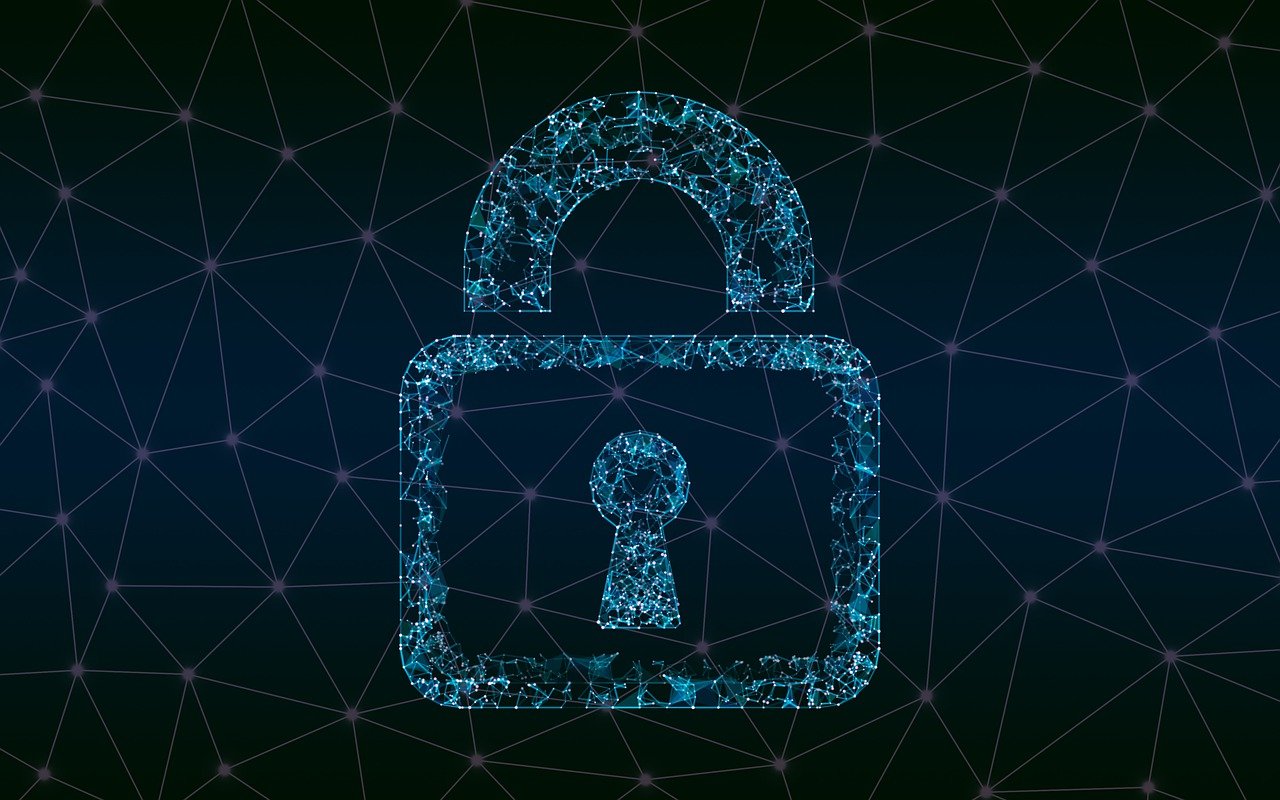Navigating the Digital Landscape: Strategies to Combat Online Misinformation and Fake News

In an era characterized by rapid information dissemination and digital connectivity, combating online misinformation and fake news has become a pressing concern. Misinformation, deliberately false or misleading information, can have significant societal impacts, including eroding trust, influencing public opinion, and undermining democratic processes. In this article, we explore strategies and approaches to combat the spread of misinformation and fake news online, promoting information integrity, critical thinking, and digital literacy.
1. Promoting Media Literacy and Critical Thinking:
Education plays a crucial role in empowering individuals to navigate the digital landscape critically. Promoting media literacy and critical thinking skills enables individuals to evaluate information sources, assess credibility, fact-check claims, and discern between reliable information and misinformation. Incorporating media literacy education into school curricula, providing digital literacy training for all age groups, and promoting fact-checking initiatives empower individuals to make informed judgments and resist the influence of false information.
2. Fact-Checking and Verification Tools:
Fact-checking organizations and verification tools play a vital role in identifying and debunking misinformation. Collaborative efforts among media outlets, fact-checkers, and technology platforms facilitate the rapid verification of news stories, claims, and viral content. Implementing fact-checking labels, providing access to credible sources within search results and social media platforms, and promoting transparency in content verification processes help users distinguish between accurate information and false narratives.
3. Enhancing Transparency and Accountability:
Transparency and accountability are essential in combating misinformation and promoting trustworthiness in digital content. Platforms and publishers can enhance transparency by disclosing their content moderation policies, algorithms, and data practices. Providing users with clear explanations of how content is ranked, recommended, and flagged for misinformation helps foster transparency and user trust. Additionally, promoting accountability for content creators, amplifiers of misinformation, and malicious actors through enforcement of community guidelines, terms of service, and legal frameworks strengthens accountability mechanisms in the digital ecosystem.
4. Strengthening Platform and Algorithmic Integrity:
Technology platforms play a pivotal role in curbing the spread of misinformation by implementing robust content moderation policies, algorithmic integrity measures, and proactive detection mechanisms. Platforms can prioritize authoritative sources, promote credible information in search results and news feeds, and limit the visibility of false or misleading content. Implementing AI-driven tools for content analysis, anomaly detection, and pattern recognition enhances platforms' ability to detect and address misinformation at scale.
5. Engaging with Trusted Sources and Expertise:
Collaborating with trusted sources, subject matter experts, and credible institutions strengthens the dissemination of accurate information and counters the influence of misinformation. Building partnerships with academic institutions, fact-checking organizations, media outlets, and public authorities facilitates the sharing of reliable information, expert analysis, and context-rich content. Engaging with communities, influencers, and grassroots organizations empowers diverse voices and promotes collective efforts in combating misinformation.
6. Encouraging Responsible User Behavior:
Promoting responsible user behavior and digital citizenship is essential in mitigating the impact of misinformation. Encouraging users to verify information before sharing, critically evaluate sources, cross-check multiple perspectives, and report suspicious content contributes to a more informed and responsible online community. Promoting civil discourse, respectful engagement, and constructive dialogue fosters a culture of information integrity and responsible sharing practices.
Conclusion: A Collaborative Approach to Information Integrity
In conclusion, combating online misinformation and fake news requires a multifaceted and collaborative approach involving stakeholders across society, including educators, media organizations, technology platforms, policymakers, and individuals. By promoting media literacy, critical thinking skills, and digital literacy education, enhancing transparency and accountability in content moderation, leveraging fact-checking tools and expertise, and encouraging responsible user behavior, we can collectively work towards a more resilient and trustworthy digital information ecosystem.
Empowering individuals to critically evaluate information, fostering transparency and integrity in digital platforms, and promoting collaborative efforts to address misinformation contribute to a healthier and more informed digital society. As we navigate the challenges of the digital age, a commitment to information integrity, ethical use of technology, and responsible digital citizenship is essential in shaping a trustworthy and inclusive online environment for all.
Similar Post You May Like
-

CFCs, HFCs and their long, troubled history
At its peak, the ozone hole covered an area 7 times larger than the size of Europe, around 29.9 million km2, and was rapidly expanding
-

The Origin of Universe: Deciding point where it all began!
Let us unravel and surf through the ideas throughout ages to understand what the universe and its origin itself was to its inhabitants across history.
-

The Artemis Program
Inspired by the Greek goddess of the Moon, twin sister to Apollo, the artimis program was named on 14 May 2019 by Jim Bridenstine.







